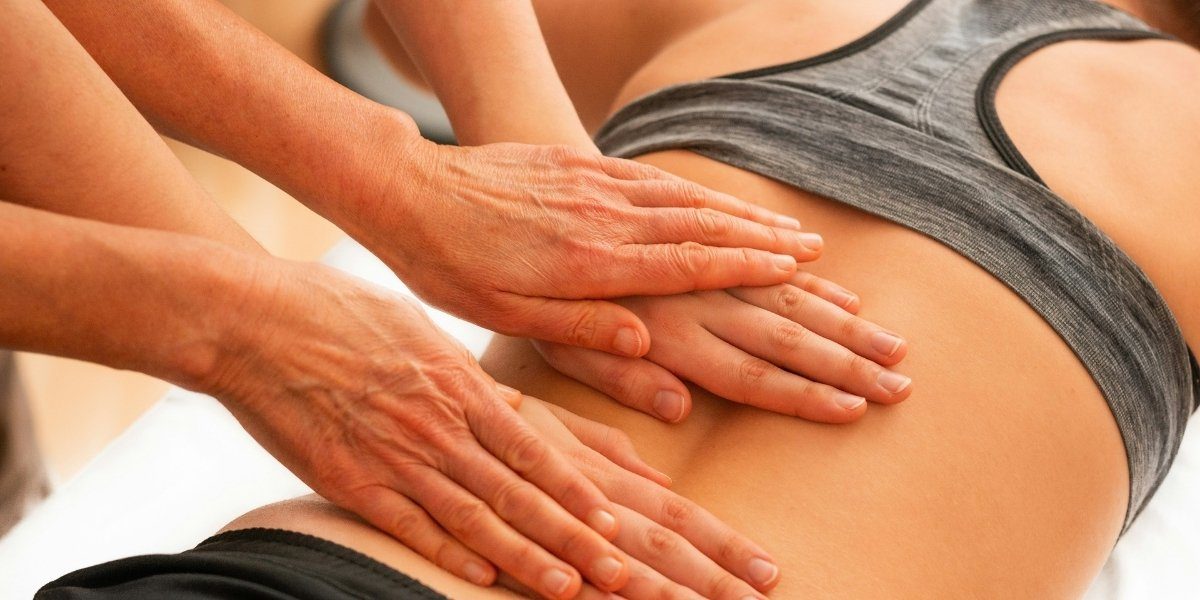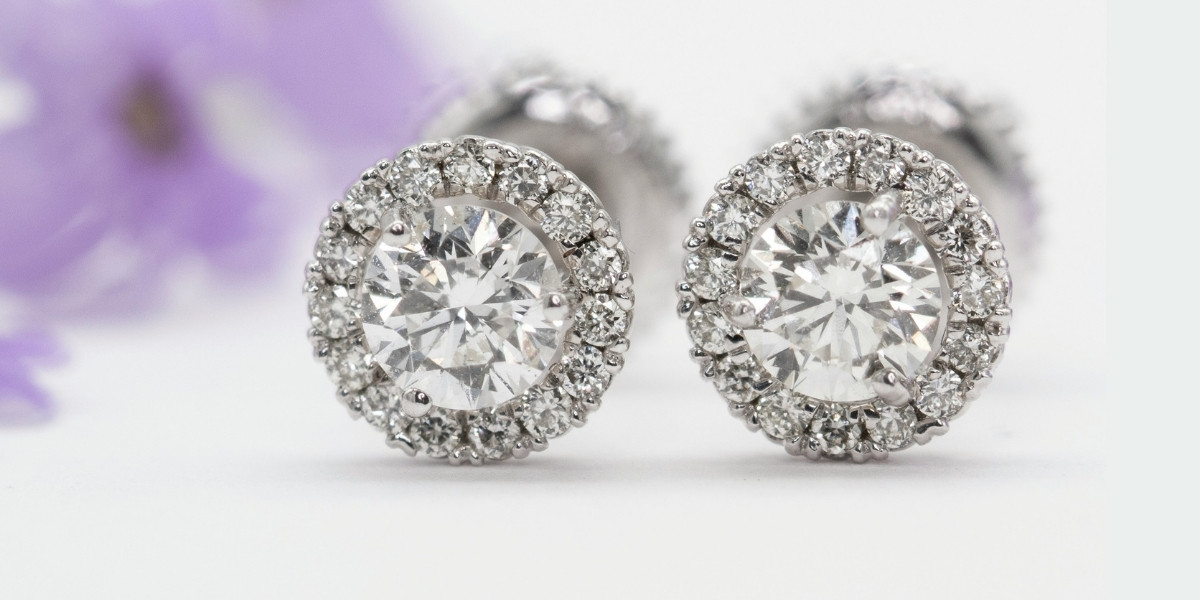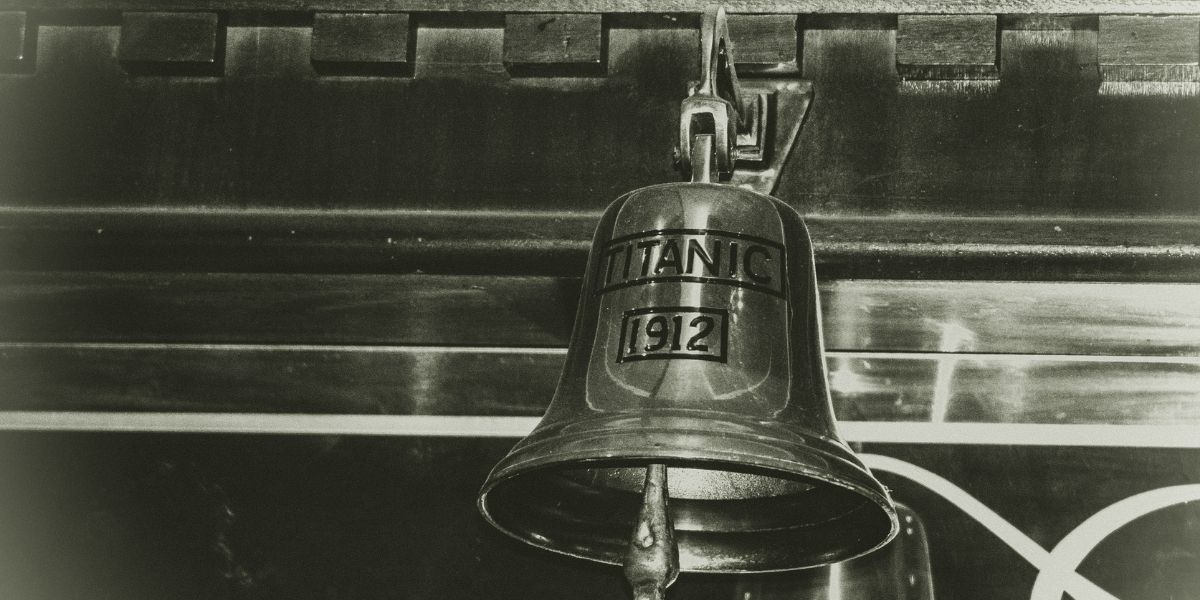When a person feels stressed or is experiencing muscle tension, one of the most common solutions they turn to is massage. This practice is far more than just a luxurious treat; it is a time-honored form of therapy that can address a wide range of physical and mental health concerns. While many people think of massage as simply a way to relax, the field is actually quite broad, with a variety of specialized techniques designed to target specific issues. From gentle, flowing strokes to focused, deep pressure, each approach to bodywork offers a unique path to healing and wellness. The central idea behind all these practices is the intentional manipulation of soft tissues, including muscles, tendons, and ligaments, to foster well-being.
Read Also: The Health and Lifestyle Benefits of Regular Cycling
The core principle behind all forms of professional massage is the manipulation of soft tissues, including muscles, tendons, ligaments, and fascia. A trained therapist uses their hands, elbows, or other tools to apply pressure, stretch, and move the tissues, with the goal of improving circulation and helping the body’s natural healing processes. This practice can be an important part of a wellness routine, providing a non-invasive way to manage physical discomfort and helping with emotional well-being. The various techniques available allow for a highly personalized approach, ensuring a person can find a session that addresses their unique needs and helps them meet their wellness goals.
How Do Swedish and Deep Tissue Techniques Compare?
Swedish massage is arguably the most well-known and widely practiced form of massage. It is often recommended for people new to the practice or for those simply looking for a relaxing, full-body experience. The technique uses a combination of long, gliding strokes, kneading, and circular movements, all applied with a light to moderate pressure. These gentle movements are designed to warm up muscle tissue, release surface-level tension, and promote a state of deep relaxation. The goal is to calm the mind and soothe the body, providing a peaceful escape from the pressures of daily life. The rhythmic nature of the work helps to lower stress hormones and promotes a general feeling of calm.
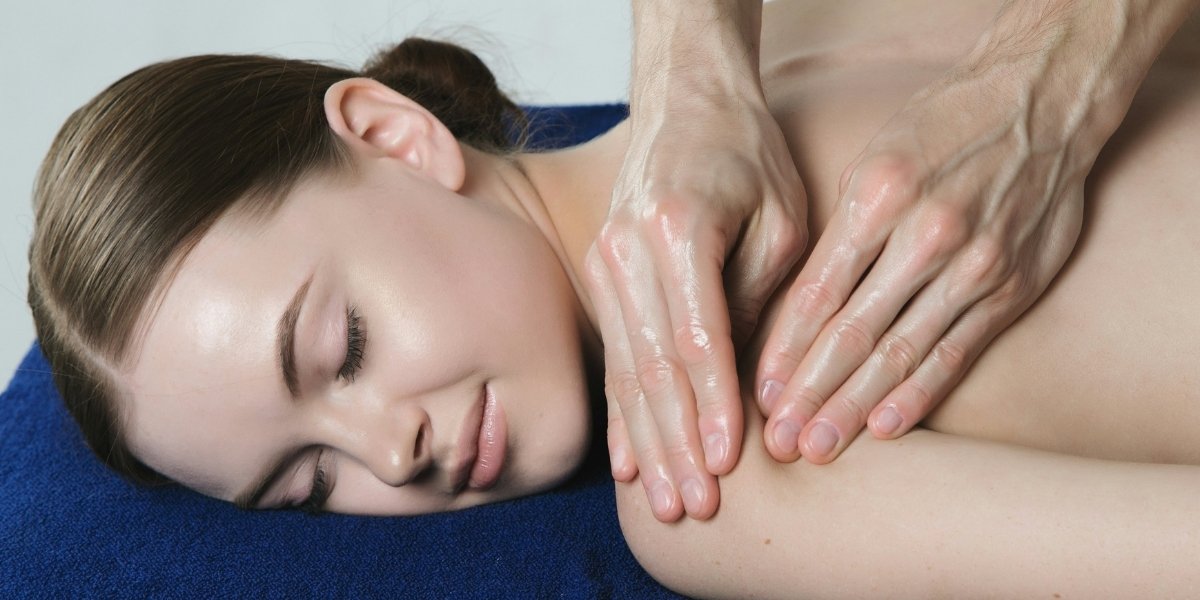
Photo Credit: Unsplash.com
One of the key benefits of a Swedish session is its ability to improve blood circulation. The long, rhythmic strokes applied in the direction of the heart help to move blood more efficiently through the body. Better circulation means that more oxygen and nutrients are delivered to muscles and organs, while metabolic waste is more effectively removed. This process can help reduce muscle soreness and fatigue, and it can also have a positive effect on a person’s overall energy levels. For those who are feeling stressed or anxious, the gentle touch and calming atmosphere of a Swedish session can also help to lower stress hormones and promote a sense of well-being.
In contrast, deep tissue work is for people with specific physical issues. This technique uses slow, firm strokes and concentrated pressure to target the deeper layers of muscle and connective tissue. It is intended for people with chronic pain, muscle knots, or long-standing tension in specific areas of the body. While it can be intense and may cause some temporary soreness, the pressure is meant to release adhesions and restore proper muscle function. This form of bodywork is not for a general relaxation session, but rather for targeted, lasting relief. A trained professional can pinpoint problem areas and work on them directly, providing a focused approach to a person’s discomfort.
What Are the Goals of Sports and Hot Stone Massage?
Sports massage is a technique tailored for individuals who are physically active, whether they are professional athletes or regular gym-goers. It incorporates a variety of techniques, including deep tissue work, to prevent and treat injuries, improve athletic performance, and aid in post-workout recovery. A session can be done before a sporting event to warm up muscles and increase flexibility, or afterward to help reduce soreness and inflammation. This practice helps to flush out toxins, improve circulation to tired muscles, and maintain flexibility, which is crucial for preventing future injuries. The focus is always on the specific needs of an active body and its recovery.
Hot stone massage is a different approach entirely. It is a technique where heated, smooth stones are used as an extension of the therapist’s hands. The stones are placed on specific points on the body and also used to apply pressure. The heat from the stones helps to deeply relax and warm up muscles, making it easier for the therapist to work on areas of tension. This approach is especially effective for easing muscle stiffness and improving blood flow. The combination of warmth and pressure creates a deeply soothing experience that can melt away stress and promote a sense of calm. The heat allows for a deeper muscle release without the need for intense pressure, making it a very comfortable yet effective option.
How Do Specialized Techniques Address Specific Issues?
Beyond the more common techniques, there are other specialized forms of bodywork that offer unique benefits. Trigger point therapy, for instance, focuses on identifying and releasing “trigger points,” which are tight, painful knots of muscle that can cause pain to radiate to other parts of the body. A therapist will apply concentrated pressure to these knots to help them release. While this can feel uncomfortable for a short time, the goal is to relieve the tension and the referred pain that comes with it. This targeted approach is often used to address conditions like chronic headaches, neck pain, or lower back discomfort. It is a very direct method that aims to reset the muscle’s tension and help restore a person’s range of motion.
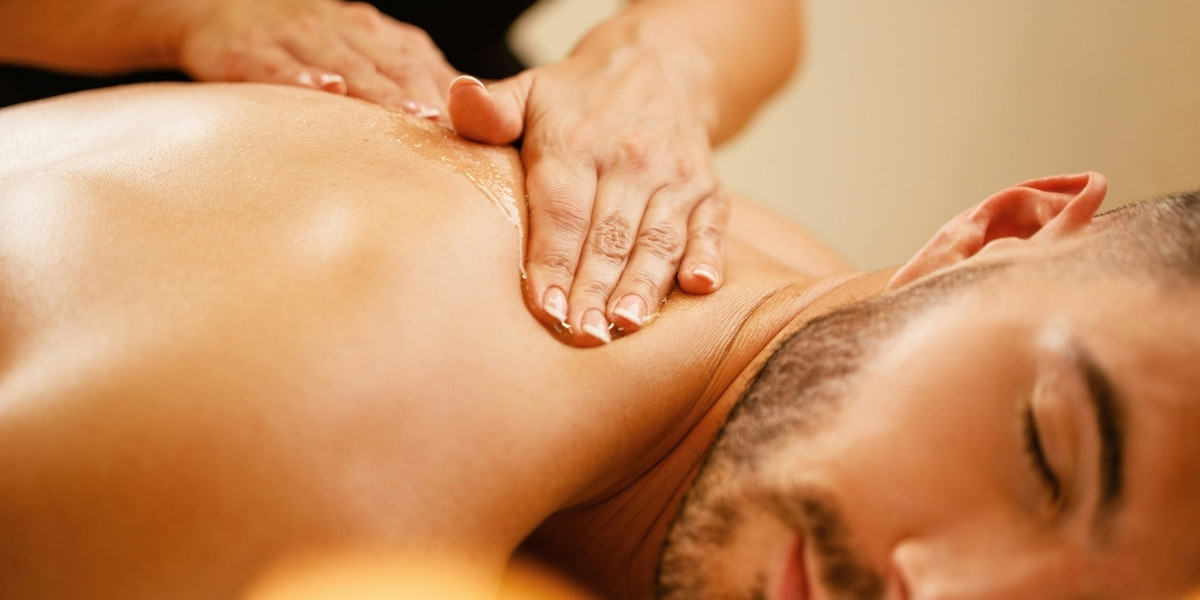
Photo Credit: Unsplash.com
Aromatherapy massage combines the power of touch with the therapeutic properties of essential oils. Before the session, a person selects a specific oil blend based on their needs, such as lavender for relaxation or peppermint for muscle soreness. The therapist then uses this blend during the session, allowing the person to not only experience the physical benefits of the work but also the emotional benefits of the scents. The aroma from the oils can directly influence the brain’s emotional centers, helping to lower stress hormones and improve mood. This approach offers a holistic experience that supports both the physical body and the mental state.
What Can Be Said About Reflexology and Its Benefits?
Reflexology is a distinct practice that is often grouped with other forms of bodywork, but it operates on a different principle. This technique involves applying pressure to specific points on the feet, hands, and ears. The underlying theory is that these points correspond to different organs and systems throughout the body. By pressing on these “reflex points,” a therapist aims to promote balance and well-being in the corresponding areas. While reflexology is not meant to diagnose or cure disease, it is widely used to manage symptoms like stress, anxiety, and pain. It is a non-invasive technique that can provide a deep sense of relaxation without a person needing to get fully undressed.
Read Also: What is Sleep Apnea? Causes, Types, and Health Risks Explained
Many people find that reflexology helps with stress reduction and promotes a feeling of calm. The gentle pressure applied to the feet and hands can help to soothe the nervous system and lower stress levels. For some, it can also lead to improved sleep quality, as the session helps the body transition from a state of stress to a more relaxed state. The practice is often used as a complementary therapy alongside other treatments to help a person feel more at ease and to support the body’s natural healing processes. The precise nature of the work allows for a very specific approach to a person’s wellness needs.


